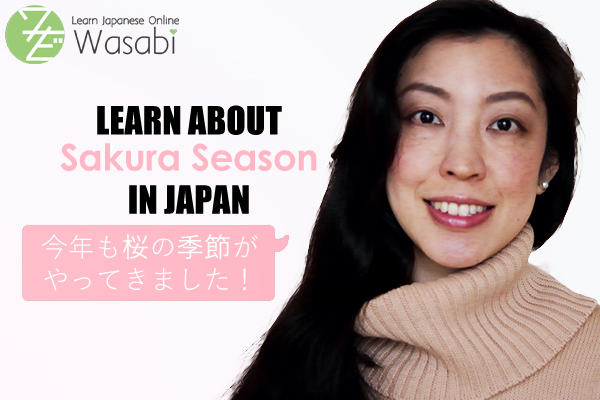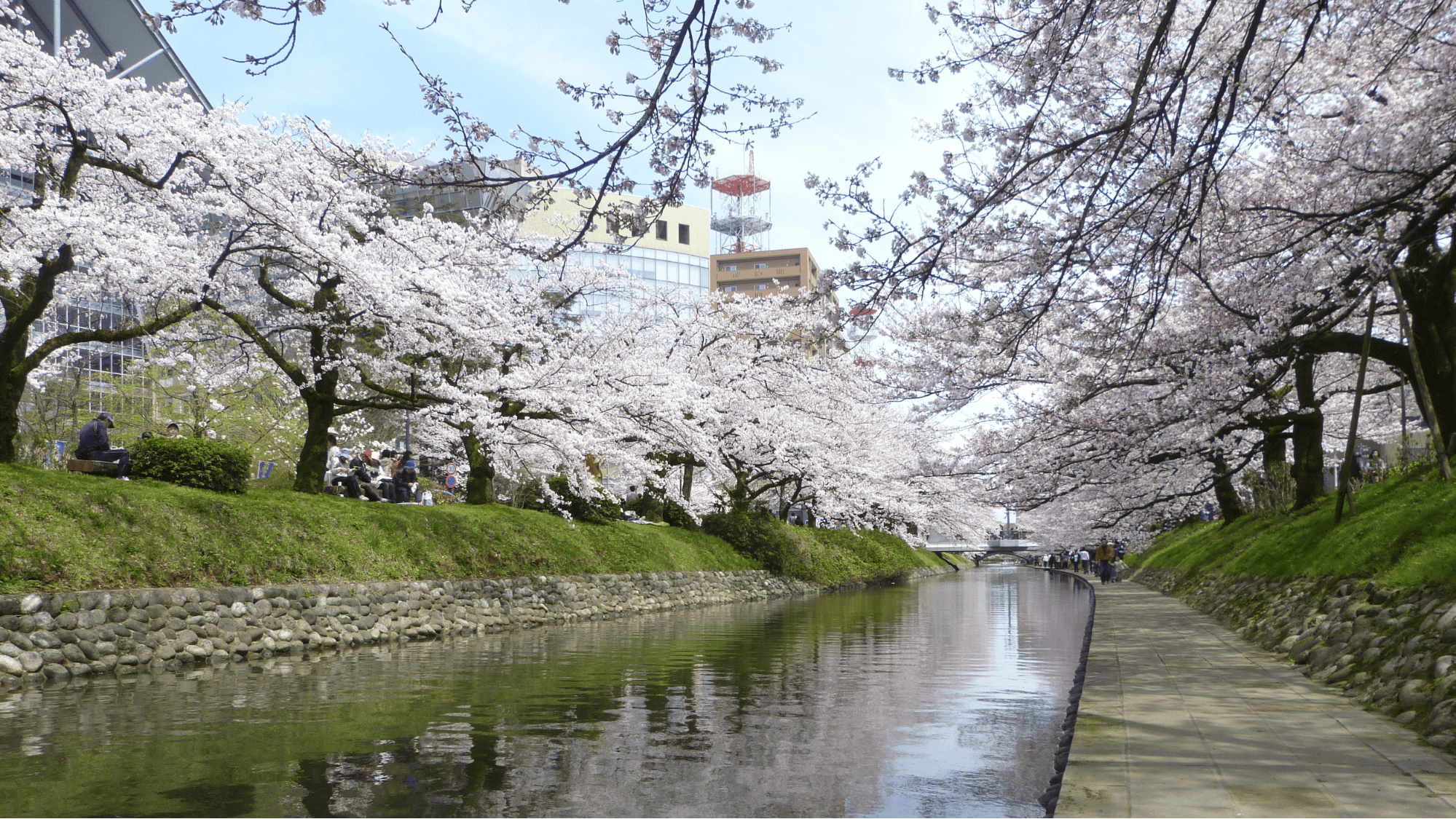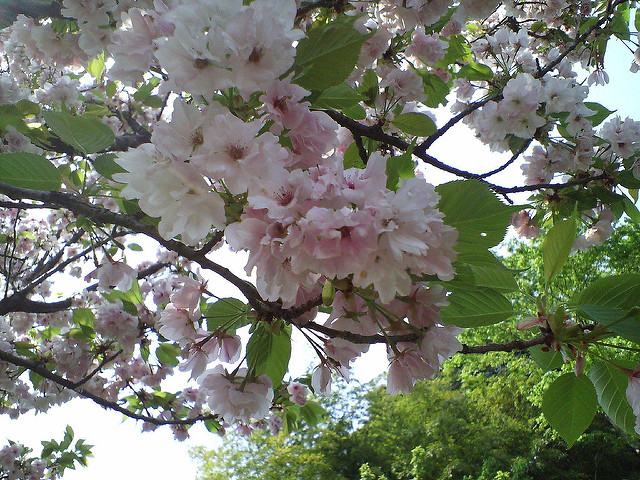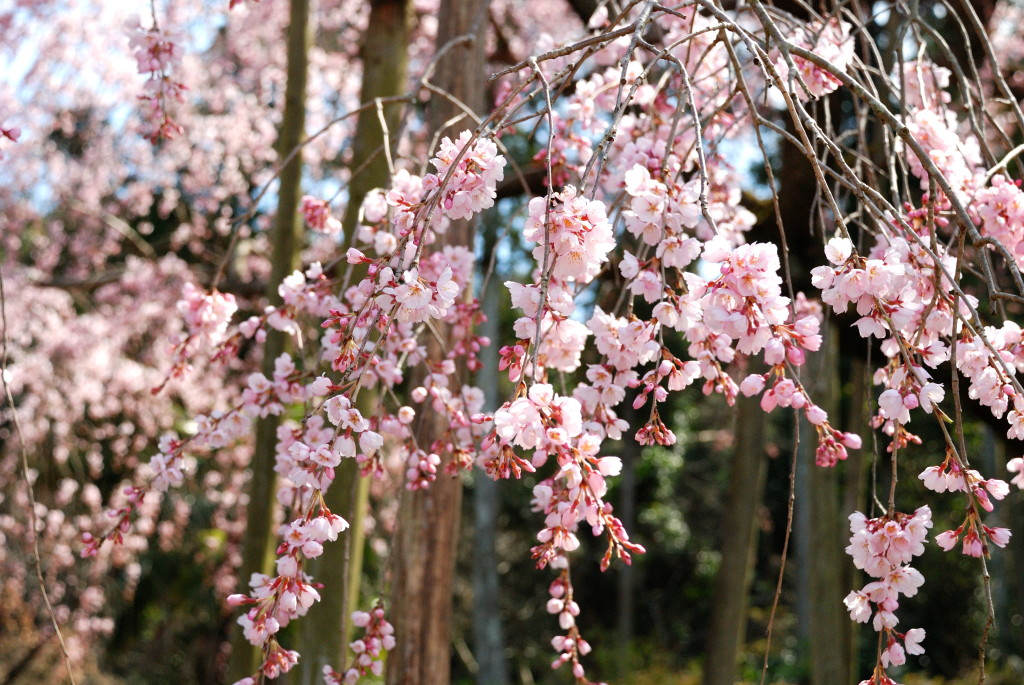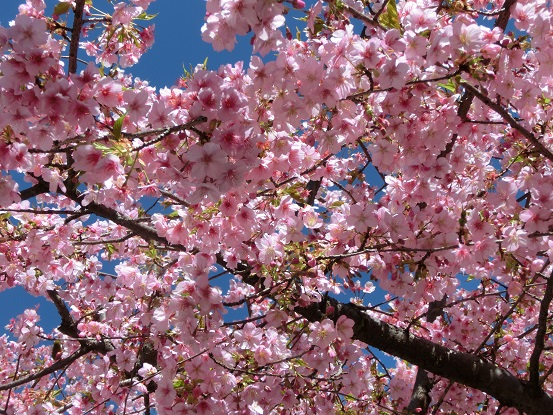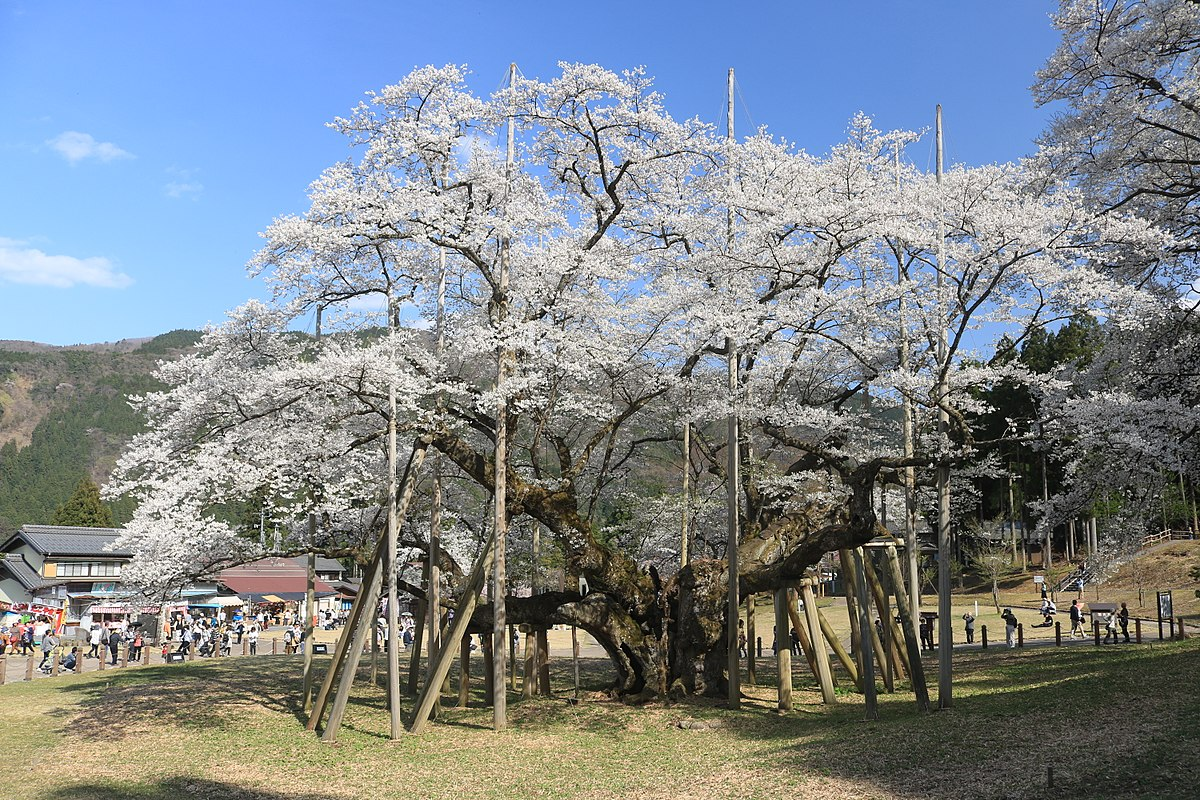How to talk about Sakura (Cherry Blossom) Season in Japanese
Welcome back to another “Video & Article” series with tutor Wakako. In this article and video we will talk about Sakura Season and “Ohanami” in Japan. This includes the cultural background of “Flower Watching”, as well as vocabulary and example sentences.
| Table of Contents [Introduction] [Ohanami] [Manners regarding alcohol] [Hanami-related vocabulary] [Conclusion] |
[Introduction]
This year spring had a somewhat rough start with some snowfall in March in the Kanto area. Nonetheless, spring in Japan means it’s “Sakura” or cherry blossom season! During Sakura Season, many Japanese enjoy “Ohanami”, which literally translates to “flower watching” and is a beloved tradition enjoyed by many Japanese.
[adsense]
[Ohanami]
Japanese people do not only enjoy cherry blossoms by looking at them, but also by eating and drinking under them! This is what “Ohanami” really refers to. Japanese people look forward to Ohanami a lot, because it is a symbol for and marks the beginning of spring.
Ohanami can also just be called “Hanami”. If you add “O” before “Hanami” it sounds polite. Japanese feel that the cherry blossoms and Ohanami are something very important, so they often say Ohanami with the honorific “O” at the beginning.
Generally, Hanami is a casual event. But there are some manners to keep in mind. For one, even though Sakura blossoms are very beautiful, the trees suffer if you break off branches to take home and the Japanese consider it very rude and impolite to do so. There is even a proverb about this:
桜切る馬鹿、梅切らぬ馬鹿
The fools who cut cherry trees, the fools who don’t cut plum trees
This proverb originated because cherry blossom trees can easily rot from branches being cut off or broken off. Plum trees (who bloom earlier than cherry blossoms) on the other hand grow thick and sturdy, and they actually benefit from excess branches being cut off.
While it used to be done in the past, it is recently considered rude to play loud music or Karaoke while doing Hanami.
[Manners regarding alcohol]
Hanami often comes with drinking alcohol, and it is a common tradition to have parties underneath the cherry trees while they are in full bloom. When drinking alcohol with Japanese people, especially if the setting is official or work-related, there are a few customs regarding alcohol that you should keep in mind.
First of all, you shouldn’t pour from a bottle into your own glass. It is considered lonely behavior. Instead, someone around you will notice that your glass is almost empty and then pour into your glass for you. This custom is called “お酌”. When you receive “お酌” for beer or Japanese Sake, you should hold up your glass. If you are a woman, holding your glass with both hands is considered better since it looks more elegant. After receiving “お酌”, you have to take at least one small sip before putting your glass down. (You don’t have to hold up your glass if it is wine! It is considered bad manners same as in western cultures.)
If you are offering “お酌”, you can say:
もう一杯いかがですか?
Would you like another glass?
It is better to offer more alcohol before the other person’s glass becomes completely empty. Feel free to ask the person when there is still some alcohol left in their glass. That way they don’t have to wait for their drink until somebody notices. If the other person accepts your offer, it is customary to hold the bottle with both hands when pouring without touching the rim of the glass you are pouring into. Holding the bottle with only one hand is considered rude in Japan.
[Hanami-related vocabulary]
Now, let’s take a look at some Hanami-related vocabulary.
ソメイヨシノ
Yoshino cherry
The Yoshino cherry, or “somei yoshino” is of a very light pink color. When it is in full bloom, the trees only have flowers and no leaves, so the entire tree looks pink. This is probably the most common Sakura tree in Japan, and blooming forecast for this type is reported on national TV and newspapers in spring.
Other kinds of Sakura include:
山桜
Mountain cherry
枝垂桜
Weeping cherry
河津桜
Kawazu cherry
Kawazu is the name of a city in Shizuoka.
江戸彼岸
Edohigan (double weeping rosebud cherry)
Edo is the name of former Tokyo, and “Higan” is a week around Vernal Equinox (vernal equinox is between March 20-21 and refers to the day when night and day are more or less the same length).
There are also many ways to describe how the blossoms bloom.
満開
Full bloom
五分咲き(ごぶざき)
Half bloom
“五分” means 50%.
葉桜
Blossoms mixed with leaves
“Hazakura” describes that the full blooming season is over and you can now see not only blossoms but also leaves growing.
In March, cherry blossom forecasts are often reported on TV, in newspapers, on the internet and so on. When you watch TV during this season in Japan, you will often see the word “桜前線”.
桜前線
Cherry blossom front
It is a line graph illustrating the forecasted blooming dates of cherry blossoms in various locations in Japan.
[Conclusion]
The fully blooming blossoms of Sakura last only about a week. This beautiful time is very short and the blossoms fall quickly. This is one of the reasons why Japanese people love Sakura so much. They appreciate a graceful end, and if something or someone continues long awfully, it may sometimes be considered ugly. That is why Sakura is the symbol of Japanese spirit.
Japanese enjoy Ohanami with family, friends, and colleagues. If you are in Japan during this season, or you find cherry trees in your country, why not have some Ohanami next year?
That is all for today’s lesson. If you have any questions you can always clear them up by booking a lesson with one of our native Japanese tutors. See you next time!
| 関東 | Kantou (area around Tokyo, incl. a few prefectures) |
| 紹介する | To introduce something/someone |
| だけでなく | Not just… (but also…) |
| お花見・花見 | Hanami, cherry blossom viewing |
| ようやく | Finally, at last |
| 楽しみにする | To look forward to something |
| 象徴 | Symbol |
| 大切に思う | To think of something as important, to treasure something |
| 馬鹿 | Idiot |
| お酌 | Pouring alcohol |
| お酌する | To pour alcohol |
| 一杯 | One glass, cup, drink |
| いかが | How, in what way (polite version of “どう”) |
| 染井吉野 | Somei Yoshino, Yoshino cherry |
| 山桜 | Mountain cherry |
| 枝垂桜 | Weeping cherry |
| 河津桜 | Kawazu cherry |
| 江戸彼岸 | Edohigan, double weeping rosebud cherry |
| 満開 | Full bloom |
| 五分咲き | Half bloom |
| 葉桜 | Cherry tree in leaf |
| 桜前線 | Cherry blossom front |

